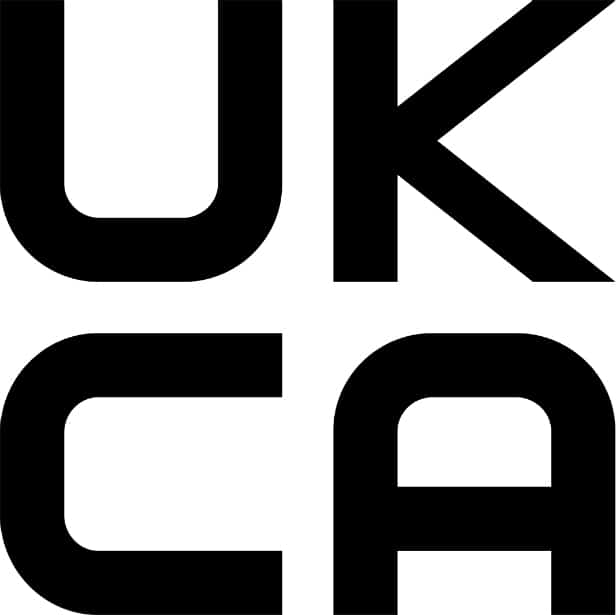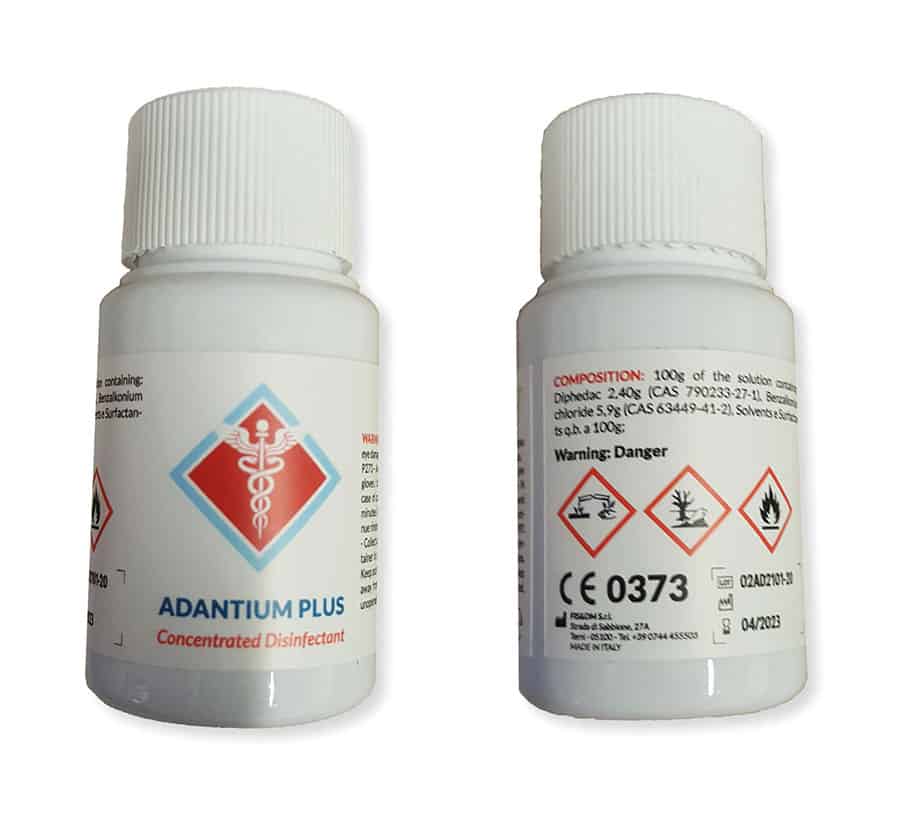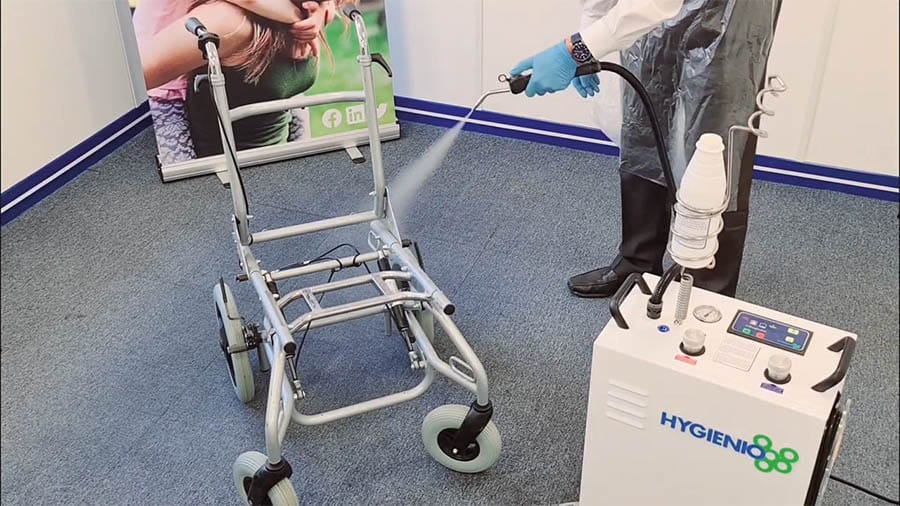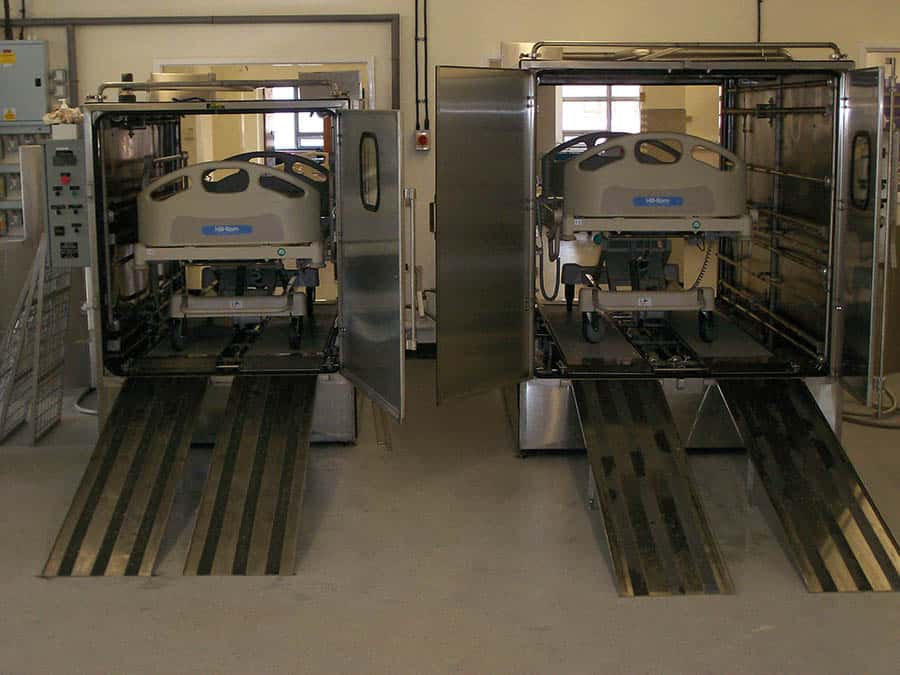Let’s get it clear: From CE to UKCA – Where are we now and what does this mean for disinfection?

April’s edition of THIIS included my article entitled: ‘May’s dropdead date for the Medical Devices Regulation doesn’t affect me. Is that right?’ Then COVID-19 came along. Then post-Brexit negotiations came along. As a result much has changed, but also much has stayed the same – including the Class IIa classification around disinfection of medical devices. In this article, I summarise where we sit now, as I read it, but with the certainty that there will be more changes over the coming months.
Since 1994, here in the UK, we have been living under the EU’s Medical Devices Directive (MDD) for medical CE marking. From 26 May 2020, its replacement, the EU Regulation on Medical Devices (Regulation EU 2017/745) (MDR), was due to take full effect. Since this date was before the Withdrawal Agreement period had been completed, this would have become UK law. Then COVID-19 came along and the EU decided that it would delay, until 26 May 2021, the final implementation of the MDR. Since this new date falls outside the end of the Withdrawal Agreement end date of December 31, 2020, the MDR will not become UK law. Or will it?
Technically, it will not – unless you live in Ireland! As of September this year, the Government has decided that Northern Ireland will continue to fall within the EU’s medical device regulations from 1 January 2021, even though the UK will have left the EU. This means that the medical CE marking rules outlined in my THIIS April article still stay in place throughout all of Ireland and the new MDR will apply to goods sold in Northern Ireland, as well as the Republic.
Meanwhile in Great Britain, the MHRA has stated that the old MDD will continue to apply – or at least until something else is put in its place. If products have a current CE Declaration of Conformity, this will carry on being valid until its expiration, or June 2023, whichever comes first (this is sooner than the ‘grandfathering’ latest date of May 2024 for existing CE Declarations of Conformity under the MDR).
UKCA marking
In Great Britain, from 1 January 2021 the new ‘UK Conformity Assessed’ marking for medical devices comes in, instead of the CE marking. There is a new symbol for this – see Figure 1. Great Britain will be having Approved Bodies (AB), instead of the EU’s Notified Bodies, and for Class II and above devices, the AB number will appear below the UKCA symbol.
Products approved for the whole UK (GB and NI) will carry both the UKCA and CE symbol.
Please note that some devices that were classified under the MDD no longer qualify as medical devices under the MDR and the BHTA is, at the time of writing, trying to obtain clarification from the MHRA as to which rules UKCA marking will be applied.
Disinfection of medical devices
The MDD’s Clause 4.3 covers Rule 15 which states: “All devices intended specifically to be used for disinfecting medical devices are in Class IIa.” The MDD does not indicate how or whether a cleaning device for medical equipment should be medically CE marked, whereas the MDR requires cleaning devices to be classified as Class I and disinfection equipment to be Class IIa or higher. Thus, this is clearly one area where the MDR has clarified matters and is a case where Northern Ireland will be falling under different requirements from January 2021.
With COVID-19 concentrating our minds on making equipment safe between uses and handling, it is important to consider whether your disinfection processes and equipment meet the ongoing MDD requirements. Rule 15 is specific enough that devices intended specifically to be used for disinfecting medical devices (including disinfectants) are Class IIa. However, this becomes a little more complicated when we consider the MDD’s definition of an ‘accessory’ that states it as “an article which whilst not being a device is intended specifically by its manufacturer to be used together with a device to enable it to be used in accordance with the use of the device intended by the manufacturer of the device”. The complication is that the MDD left open the possibility of interpretation of its wording.

Disinfectants as medical devices
A disinfectant falls under Rule 15 and when used on a medical device, is required to be Class IIa CE marked (Figure 2). Is your disinfectant marked as such? Our interpretation, however, is that if the disinfectant is applied by being sprayed from a bottle, that bottle is unlikely to have been designed specifically to be used with that disinfectant and therefore the bottle does not need to be CE marked. Likewise, if you are using a machine to apply a disinfectant, then under the MDD, the machine may well not have been designed to be used specifically with any one disinfectant and therefore the machine does not need to be Class IIa.
On the other hand, if you are using thermal disinfection (e.g. with a steam cleaner, or chamber washer/ disinfector), then the whole device that is generating the disinfectant (i.e. the steam) would need to be Class IIa CE marked.

Disinfection validation
How do you validate that you are disinfecting your medical device effectively? There are European/ British standards for testing a disinfectant’s bactericidal, mycobactericidal, virucidal, and fungicidal properties, and then there are International/European/British standards (in the 15883 series) to test the cleaning and disinfecting properties of machines.
The suppliers of your chemicals and machinery should be able to provide you with full information about the items you are using. If you want more general or specific information around these standards, please do not hesitate to contact me.

References
- The MDD can be downloaded from: https://eur-lex.europa.eu/LexUriServ/LexUriServ.do?uri=CONSLEG:1993L0042:20071011:en:PDF
- The MDR can be downloaded from: https://eur-lex.europa.eu/legal-content/EN/TXT/PDF/?
uri=CELEX:32017R0745
Further items can be found at www.beshealthcare.net. If you are interested in receiving further information on the topic, please contact barend@beshealthcare.net.
Dr Barend ter Haar has been involved in seating and mobility for over 30 years, including lecturing internationally and developing international seating standards.
Click to read more from the ‘Let’s get it clear’ series from Dr Barend ter Haar



